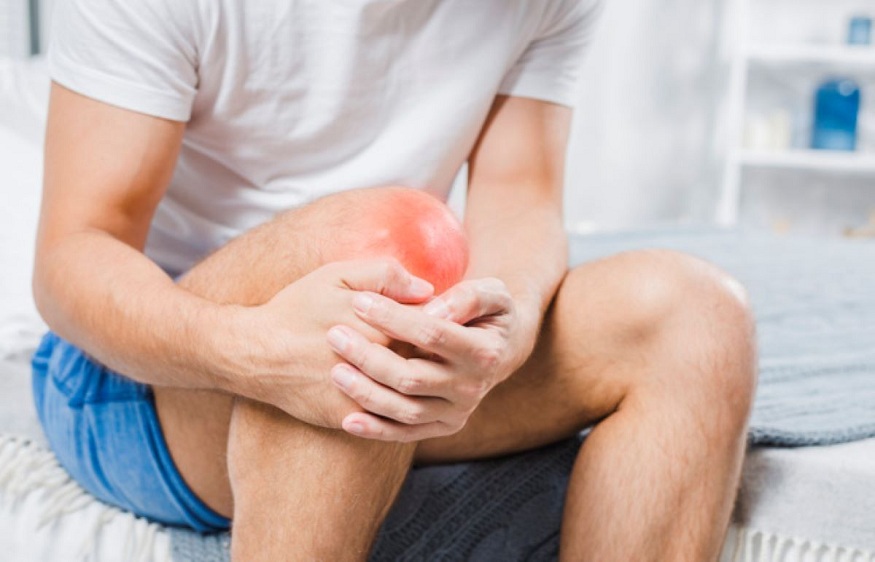Generally, there are many ways you can treat knee pains at home. Whether it is caused by a sprain or arthritis, there are a number of techniques to treat it.
Typically, pain caused by inflammation, arthritis, or a small injury resolves without medical intervention. Home remedies might increase your comfort level and help you manage your symptoms. But if your pain is moderate to severe or your symptoms persist or worsen, you may require a thorough medical evaluation.
Learn more about alternative therapies and products that may help alleviate your knee pain by reading on.
Use RICE For Sprains and Strains
If you have twisted your leg, fallen, or otherwise strained or sprained your knee, it might be beneficial to remember the acronym “RICE”:
- Rest
- Ice
- Compression
- Elevation
Remove yourself off your feet and apply a cold compress or ice bag on your knee. If there is no ice available, frozen veggies such as peas will suffice.
Wrap your knee with a compression bandage to avoid oedema, but not so tightly as to restrict blood flow. Keep your foot raised while you are resting.
Tai Chi
Tai chi is an ancient Chinese mind-body practice that enhances flexibility and balance.
Researchers discovered that tai chi is particularly effective for persons with osteoarthritis (OA). Tai chi can help alleviate discomfort and promote flexibility. In addition, deep breathing and relaxation are included. These factors may also aid in stress reduction and chronic pain management.
Exercise
Daily exercise can assist in maintaining muscular strength and mobility. It is an essential treatment for OA and other causes of knee discomfort.
Resting or restricting the leg’s mobility may help you avoid discomfort but can also harden the joint and impede healing. In the case of OA, insufficient exercise may hasten the pace of joint degeneration.
According to experts, training with another person might benefit those with OA. This might be a personal trainer or a workout companion. Experts also recommend that individuals choose an activity they like.
Low-impact activities are a suitable choice, including:
- Cycling
- Walking
- Swimming or water workouts
- Tai chi
- Yoga
Nevertheless, you may require a break from exercising if you have the following:
- A knee injury
- Severe pain
- A recurrence of symptoms
When returning to activities after an injury, selecting a more sensible choice may be necessary. Ask your doctor or a physical therapist to assist you in designing an individualised regimen and modify it as your symptoms change.
Heat and Cold Treatment
A heating pad might provide pain relief while your knee is resting. The use of cold can assist in relieving inflammation.
Here are some guidelines for heat and cold therapy:
- Alternate cold and hot conditions.
- Apply heat for up to twenty minutes per session.
- For the first two days following an injury, use cold compresses four to eight times per day for 20 minutes each time.
- Utilise a gel pack or other cold pack more often within the first twenty-four hours following an accident.
- Never immediately apply ice to the skin.
- Before applying, ensure a heating pad is not too hot.
- Do not use heat treatment during a flare if your joint is warm.
- A warm morning shower or bath may help loosen tight joints.

